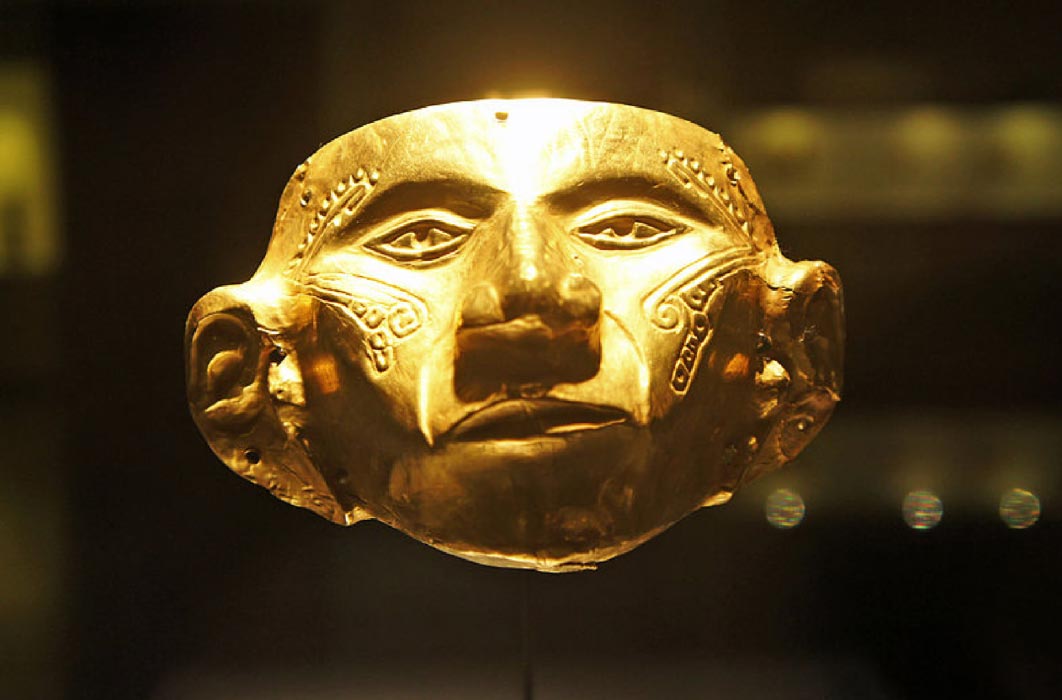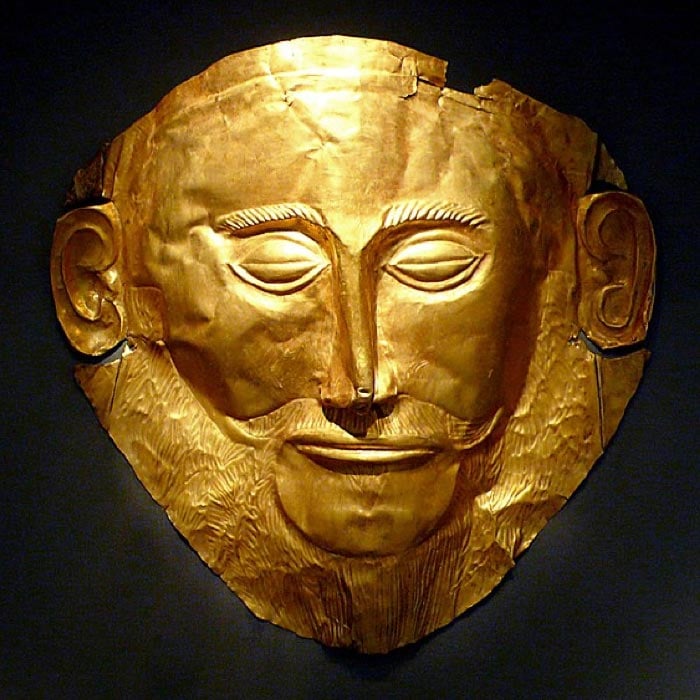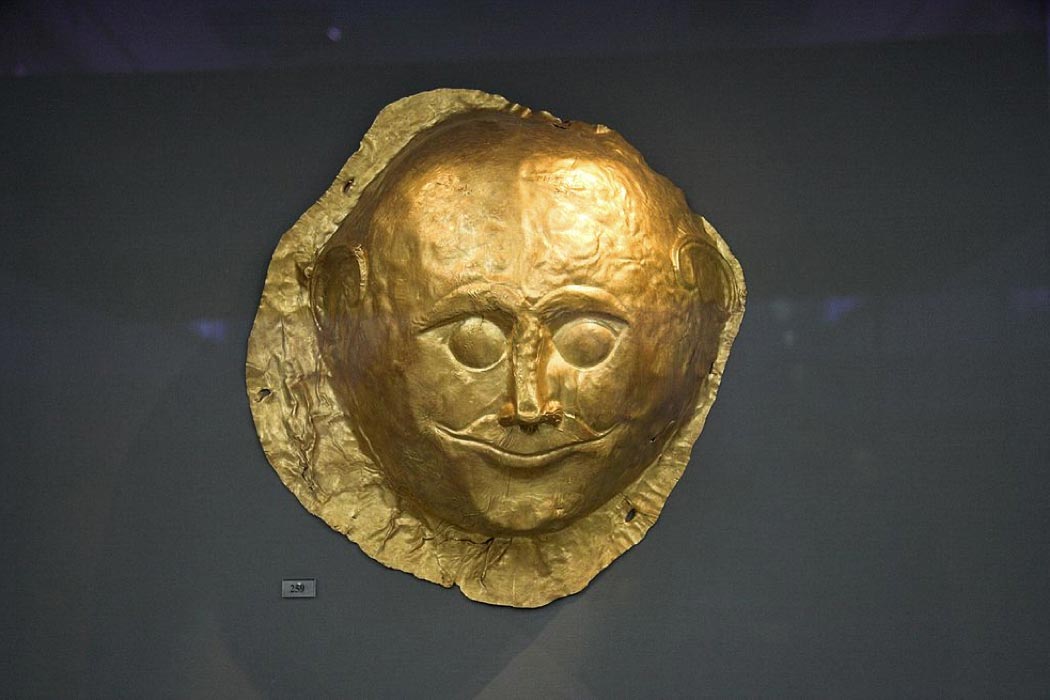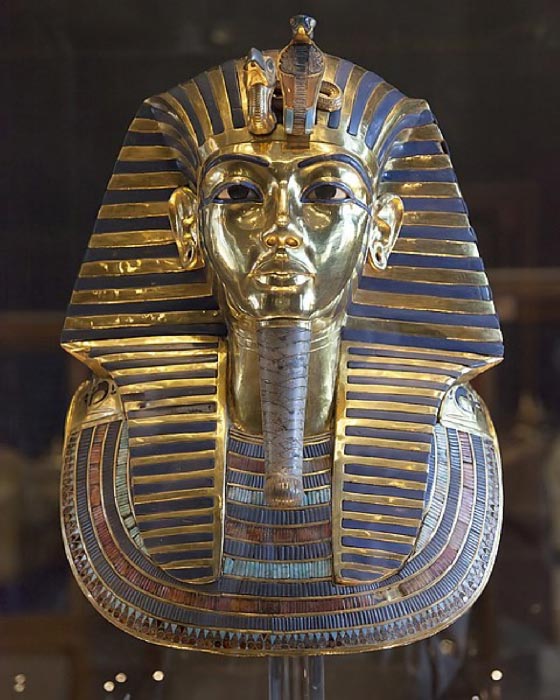
The Golden Godheads of Human Death Rites
Masks are well ingrained in the social zeitgeist and while their use in ancient rituals and ceremonies across the ancient world is well documented, it is generally their protective applications in hunting and sports and their function in ritual practices that is discussed. However, among the tens of thousands of masks collected by archaeologists there are certain ceremonial examples that were designed never to be worn and with many of their discoveries being surrounded by controversy, each one of them stands as a king among all ancient artifacts.

The 16th-century BC mask discovered by Heinrich Schliemann in 1876 at Mycenae, Greece, was called the ‘Mask of Agamemnon’. National Archaeological Museum, Athens. (CC BY-SA 2.0)
Mask of Agamemnon
This golden funerary mask was discovered in 1876 by Heinrich Schliemann at the ancient Greek site of Mycenae and is currently displayed in the National Archaeological Museum of Athens. It was created from a single thick sheet of gold that had been heated before being hammered against a wooden background, then carefully detailed with a sharp tool of some sort. Schliemann was so struck by his discovery that he notified King George of Greece that he had: “gazed upon the face of Agamemnon” a most distinguished hero of Greek Mythology whose adventures were narrated in the Iliad of Homer, and Schliemann even named his son after the legendary king.

Another golden Mycenaean death Mask (1650 BC) Discovered by Heinrich Schliemann. National Archaeological Museum, Athens (CC BY-SA 3.0)
According to author Cathy Gere in her 2011 book, The Tomb of Agamemnon, at the beginning of the 21st century this legendary mask’s authenticity was brought into question by William Calder III and David Traill, who pointed out that Schliemann had: “something of a reputation for salting digs with artifacts from elsewhere.” The resourceful Schliemann, they asserted, might have “paid for a mask to be manufactured” to resemble Mycenaean masks and subsequently may have had it planted at the excavation site. A second critique noted that the Mask of Agamemnon differed from three of the other masks as it was three-dimensional rather than flat and its mouth was well-defined, with brows forming two arches rather than one: completely unlike the flat masks.
Poor Schliemann was branded as a controversial if not criminal figure and it is only with today’s modern archaeological technology and sciences that it is now known the mask is indeed a genuine ancient artifact and that the styling differences noted from the rest of the masks, which made it appear fake, were a result of the treasure dating earlier than the others to approximately 2500 BC. There is however, no proof that it actually belonged to Agamemnon.

Since January 1, 2016, Egyptian authorizes in Cairo have permitted the taking of photographs of the funerary mask of Tutankhamun. (CC BY-SA 3.0)




